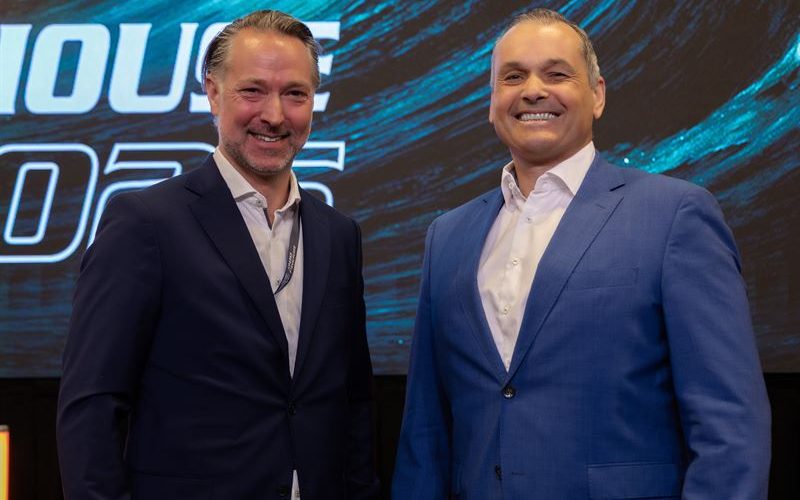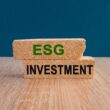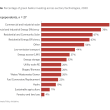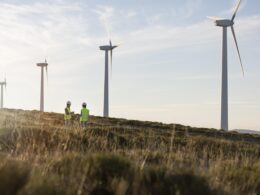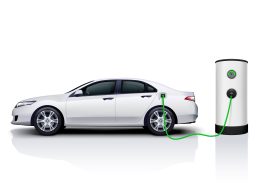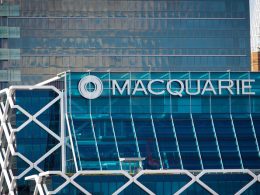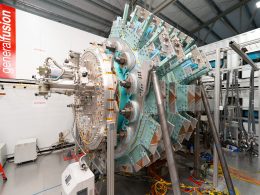Wärtsilä Gas Solutions, a subsidiary of the Finnish technology group Wärtsilä, and marine energy infrastructure specialist Höegh Evi have successfully completed the development of the world’s first floating ammonia-to-hydrogen cracker. The innovation represents a major milestone in the energy transition, allowing industrial-scale hydrogen production at sea from transported ammonia.
Announced in April 2023, the project is part of Norway’s Green Platform programme and has received approximately €5.9 million in government funding—roughly half the total project budget.
The floating ammonia cracker features a modular design and can be integrated into both hybrid Floating Storage and Regasification Units (FSRUs) and dedicated floating hydrogen terminals. It has a scalable send-out capacity of up to 210,000 tonnes of hydrogen per year and can accommodate ammonia storage volumes ranging from 10,000 to 120,000 cubic metres.
Describing the innovation as transformative, Höegh Evi CEO Erik Nyheim said: “Our floating terminals and cracking technology can unlock the full potential of global value chains for green hydrogen, providing European industry with a reliable supply of clean energy within this decade.”
Wärtsilä Gas Solutions’ Sales & Marketing Director, Kjell Ove Ulstein, added: “This pioneering development addresses the challenges of hydrogen storage and transportation, while laying the foundation for a more resilient and flexible energy infrastructure.”
The ammonia cracker was built at the Sustainable Energy Catapult Centre in Stord, Norway. Project partners include the Institute for Energy Technology (IFE), the University of South-Eastern Norway, Sustainable Energy, and BASF SE.
“This project reflects our commitment to supporting green innovation. The future of energy must be green, and we are proud to contribute to the technological advances needed to realise that goal,” said Håkon Haugli, CEO of Innovation Norway, which helps administer the Green Platform funds.
The technology arrives as Europe ramps up its hydrogen ambitions under the EU’s REPower strategy, which targets annual imports of 10 million tonnes of renewable hydrogen by 2030. As the continent builds out its hydrogen grid, floating ammonia-cracking infrastructure is expected to play a key role in delivering clean energy to hard-to-abate industrial sectors.
Hydrogen, while a promising zero-carbon fuel, poses significant storage and transport challenges due to its low energy density and risk of vapour losses. Ammonia, which can be stored and shipped more easily, offers a practical alternative for long-distance transport. At destination, the ammonia is “cracked” back into hydrogen for use in energy systems.















